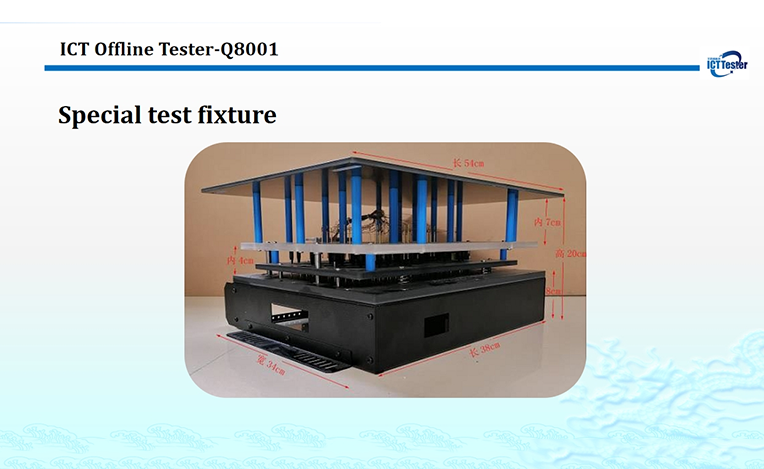



The ICT function test, or In-Circuit Test function test, is a critical quality control process used in the manufacturing of electronic products. It plays a vital role in ensuring that electronic components and circuits are functioning as intended, and it has become an essential part of the production process for modern electronic devices.

The ICT function test is performed using specialized equipment known as an In-Circuit Test system. This system is designed to test the functionality of individual components and circuits on a printed circuit board (PCB) by sending electric signals through them and analyzing the results. By doing so, it can identify any defects or faults in the components or circuits and prevent faulty products from reaching the market.
The ICT function test is typically conducted at various stages of the manufacturing process, including after the placement of surface mount devices (SMD) and through-hole components on the PCB. It is also used to verify the correct positioning and orientation of the components, ensuring that they are soldered onto the board correctly.
During the ICT function test, the In-Circuit Test system utilizes a series of test probes to make contact with specific points on the PCB. These probes are controlled by a computer program, which determines the test parameters and analyzes the test results. The system can perform a range of tests, such as continuity tests, voltage and current measurements, and functional tests for specific components.
One of the key advantages of the ICT function test is its ability to detect subtle defects that may not be apparent through visual inspection alone. For example, it can identify issues such as solder bridges, open circuits, and incorrectly placed components, all of which can lead to product malfunctions or failures in the field. By catching these issues early in the manufacturing process, companies can avoid costly rework and returns, and ensure the reliability and performance of their electronic products.
In addition to its role in quality control, the ICT function test can also help to improve the overall manufacturing process. By providing detailed feedback on the performance of individual components and circuits, it allows manufacturers to identify areas for optimization and refinement. This can lead to more efficient production processes, higher yields, and ultimately, lower production costs.
Furthermore, the ICT function test is an essential tool for ensuring compliance with industry standards and regulations. Many electronic products must meet stringent quality and safety requirements before they can be sold in the market. The ICT function test provides manufacturers with the means to verify that their products meet these standards, giving them confidence in the reliability and safety of their products.
In conclusion, the ICT function test is a critical process for ensuring the quality, reliability, and performance of electronic products. By using advanced testing equipment and techniques, it allows manufacturers to identify and rectify defects in electronic components and circuits, ultimately leading to higher quality products and improved manufacturing processes. As the demand for electronic devices continues to grow, the ICT function test will remain a vital part of the production process, ensuring that consumers can rely on the electronic products they use every day.